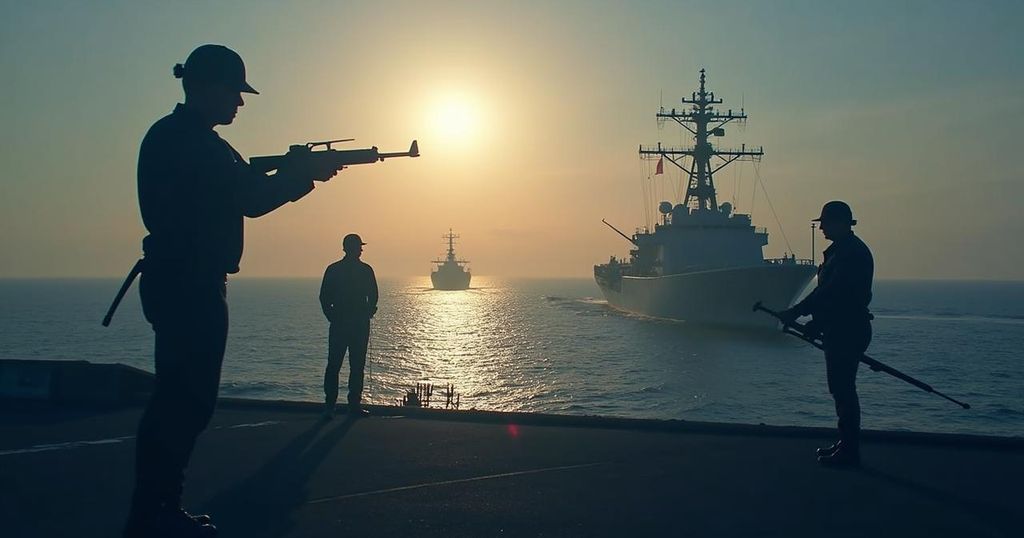Analysis of PLA Interceptions Triggers in the South China Sea
The South China Sea Strategic Situation Probing Initiative (SCSPI) released a report indicating over ten daily military encounters in the South China Sea. Key triggers for People’s Liberation Army (PLA) interceptions include foreign incursions within 12 nautical miles of Chinese-controlled features and U.S. freedom of navigation operations near the Paracel Islands.
A report recently published by the South China Sea Strategic Situation Probing Initiative (SCSPI) elucidates the dynamics of navigation and aerial operations in the contentious South China Sea. According to the findings, the region witnesses over ten military encounters daily, accumulating to thousands of such interactions each year. The report indicates that tensions primarily arise when foreign military forces venture too close to Chinese territorial waters or airspace. Specific triggers for the People’s Liberation Army (PLA) interceptions include incursions within 12 nautical miles of Chinese-controlled features, particularly in the Spratly Islands and Scarborough Shoal. Additionally, the PLA responds with warnings and expulsions when United States forces engage in operations that purportedly promote freedom of navigation within the territorial waters and airspace surrounding the Paracel Islands.
The South China Sea is a highly strategic and resource-rich maritime region, subject to overlapping territorial claims from several nations, including China, Vietnam, the Philippines, Taiwan, Malaysia, and Brunei. The area is rich in oil and natural gas reserves, and it serves as a critical shipping route. The rising presence of foreign military forces, particularly from the United States, has exacerbated tensions, prompting China to assert its claims more vigorously through military means. The SCSPI, a Beijing-based think tank, provides analyses and assessments of the situation in the South China Sea, highlighting the implications of military encounters in this vital waterway.
In summary, the report by the SCSPI underscores the complexity and volatility of the South China Sea, where daily military encounters occur primarily as a result of foreign forces approaching Chinese territorial boundaries. The PLA’s response protocols, including warnings and expulsions, are triggered by specific breaches of maritime and aerial sovereignty, particularly in sensitive areas such as the Spratly Islands and Paracel Islands. As tensions continue to rise, the situation warrants close observation from the international community.
Original Source: www.scmp.com








Post Comment